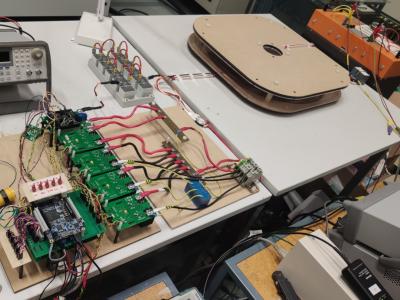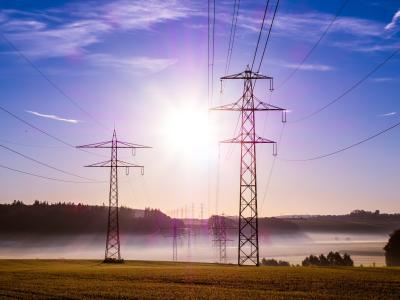
These data were taken from three oscilloscopes (Tektronix TPS 2014B, 2024B and MDO4104C) connected to an inductive power transfer system utilizing the three-phase to single-phase midpoint matrix converter with a free-wheeling switch. They were taken under various transient and steady-state conditions. The 4 attached ZIP files contain 21 CSV files in total, with its own README.txt describing the data and oscilloscope channel configurations. Additionally, each ZIP file is supplied with a MATLAB m-file script to plot the data.
- Categories:

